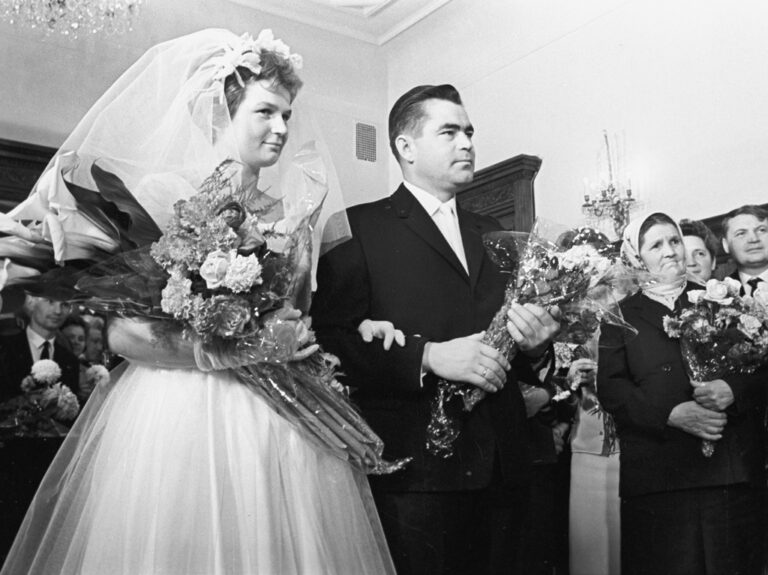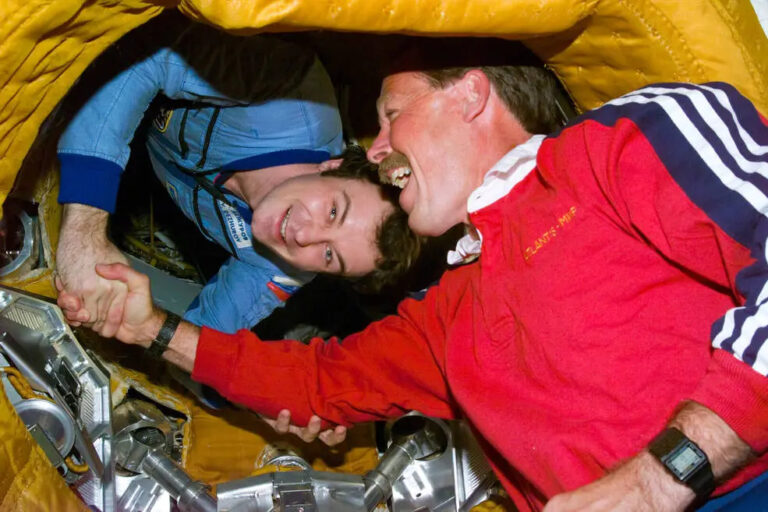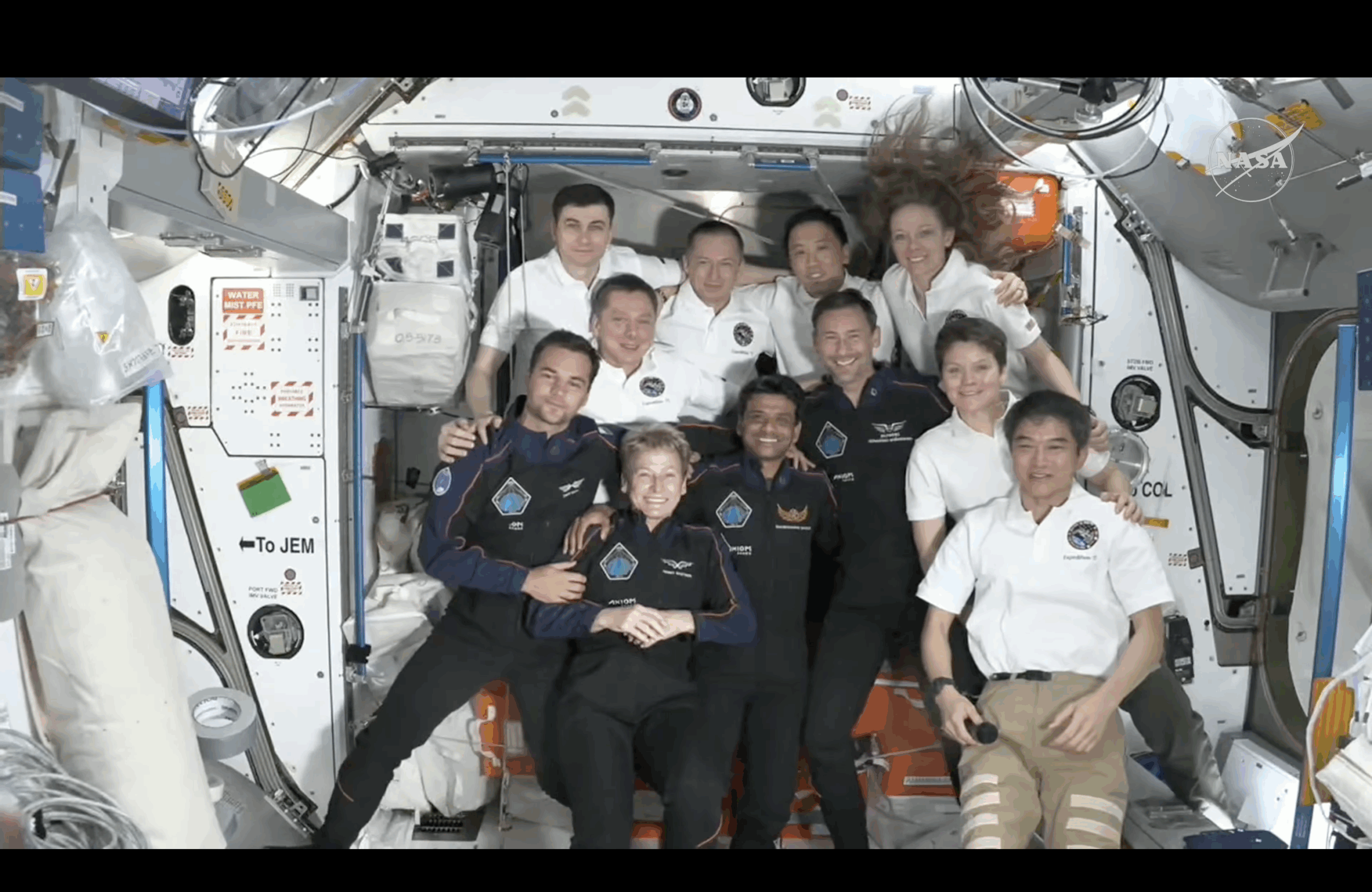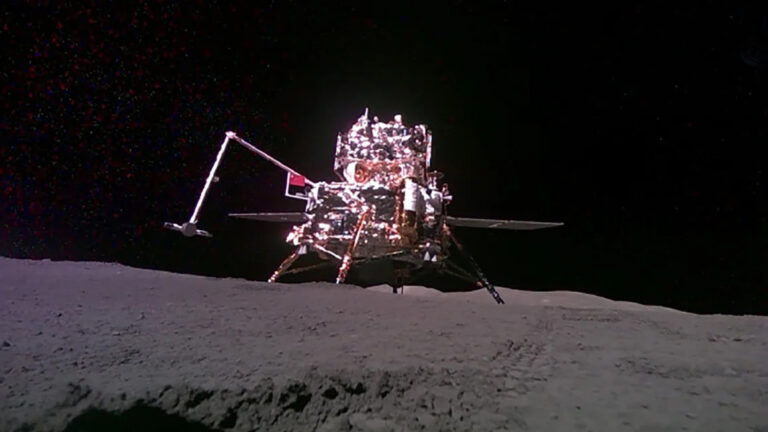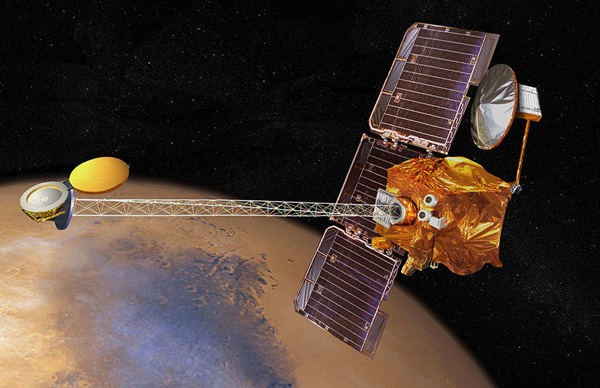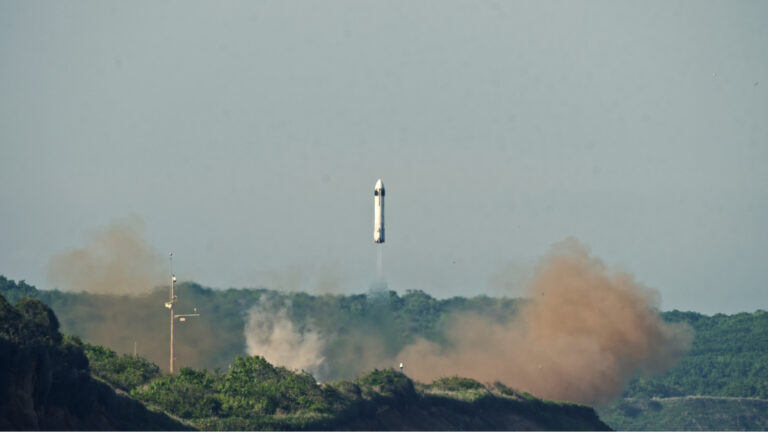Key Takeaways:
Wrapping up 30 years of unmatched achievements and blazing a trail for the next era of U.S. human spaceflight, NASA’s storied Space Shuttle Program came to a “wheels stop” on Thursday at the conclusion of its 135th mission.
Shuttle Atlantis and its four-astronaut crew glided home for the final time, ending a 13-day journey of more than 5 million miles (8 million kilometers) with a landing at 5:57 a.m. EDT at NASA’s Kennedy Space Center in Florida. It was the 25th night landing (19th night and 78th total landings at Kennedy) and the 133rd landing in shuttle history.
“The brave astronauts of STS-135 are emblematic of the shuttle program — skilled professionals from diverse backgrounds who propelled America to continued leadership in space with the shuttle’s many successes,” NASA Administrator Charles Bolden said. “This final shuttle flight marks the end of an era, but today, we recommit ourselves to continuing human spaceflight and taking the necessary — and difficult — steps to ensure America’s leadership in human spaceflight for years to come.”
Since STS-1 launched on April 12, 1981, 355 individuals from 16 countries flew 852 times aboard the shuttle. The five shuttles traveled more than 542 million miles (872 million km) and hosted more than 2,000 experiments in the fields of Earth, astronomy, biological, and materials sciences.
The shuttles docked with two space stations, the Russian Mir and the International Space Station. Shuttles deployed 180 payloads, including satellites, returned 52 from space and retrieved, repaired, and redeployed seven spacecraft.
The STS-135 crew consisted of Commander Chris Ferguson, Pilot Doug Hurley, and Mission Specialists Sandra Magnus and Rex Walheim. They delivered more than 9,400 pounds (4,265 kilograms) of spare parts, spare equipment and other supplies in the Raffaello multipurpose logistics module — including 2,677 pounds (1,214 kg) of food — that will sustain space station operations for the next year. The 21-foot-long (6.4 meters), 15-foot-diameter (4.6m) Raffaello brought back nearly 5,700 pounds (2,585 kg) of unneeded materials from the station.
A welcome home ceremony for the astronauts will be held Friday, July 22, in Houston, Texas. The public is invited to attend the 4 p.m. CDT event at NASA’s Hangar 990 at Ellington Field. Gates to Ellington Field will open at 3:30 p.m. The ceremony will be broadcast live on NASA Television.
STS-135 was the 135th and final shuttle flight, Atlantis‘ 33rd flight and the 37th shuttle mission dedicated to station assembly and maintenance.
To read related coverage of the shuttle’s final mission, visit the Astronomy.com blogs.
Wrapping up 30 years of unmatched achievements and blazing a trail for the next era of U.S. human spaceflight, NASA’s storied Space Shuttle Program came to a “wheels stop” on Thursday at the conclusion of its 135th mission.
Shuttle Atlantis and its four-astronaut crew glided home for the final time, ending a 13-day journey of more than 5 million miles (8 million kilometers) with a landing at 5:57 a.m. EDT at NASA’s Kennedy Space Center in Florida. It was the 25th night landing (19th night and 78th total landings at Kennedy) and the 133rd landing in shuttle history.
“The brave astronauts of STS-135 are emblematic of the shuttle program — skilled professionals from diverse backgrounds who propelled America to continued leadership in space with the shuttle’s many successes,” NASA Administrator Charles Bolden said. “This final shuttle flight marks the end of an era, but today, we recommit ourselves to continuing human spaceflight and taking the necessary — and difficult — steps to ensure America’s leadership in human spaceflight for years to come.”
Since STS-1 launched on April 12, 1981, 355 individuals from 16 countries flew 852 times aboard the shuttle. The five shuttles traveled more than 542 million miles (872 million km) and hosted more than 2,000 experiments in the fields of Earth, astronomy, biological, and materials sciences.
The shuttles docked with two space stations, the Russian Mir and the International Space Station. Shuttles deployed 180 payloads, including satellites, returned 52 from space and retrieved, repaired, and redeployed seven spacecraft.
The STS-135 crew consisted of Commander Chris Ferguson, Pilot Doug Hurley, and Mission Specialists Sandra Magnus and Rex Walheim. They delivered more than 9,400 pounds (4,265 kilograms) of spare parts, spare equipment and other supplies in the Raffaello multipurpose logistics module — including 2,677 pounds (1,214 kg) of food — that will sustain space station operations for the next year. The 21-foot-long (6.4 meters), 15-foot-diameter (4.6m) Raffaello brought back nearly 5,700 pounds (2,585 kg) of unneeded materials from the station.
A welcome home ceremony for the astronauts will be held Friday, July 22, in Houston, Texas. The public is invited to attend the 4 p.m. CDT event at NASA’s Hangar 990 at Ellington Field. Gates to Ellington Field will open at 3:30 p.m. The ceremony will be broadcast live on NASA Television.
STS-135 was the 135th and final shuttle flight, Atlantis‘ 33rd flight and the 37th shuttle mission dedicated to station assembly and maintenance.
To read related coverage of the shuttle’s final mission, visit the Astronomy.com blogs.



